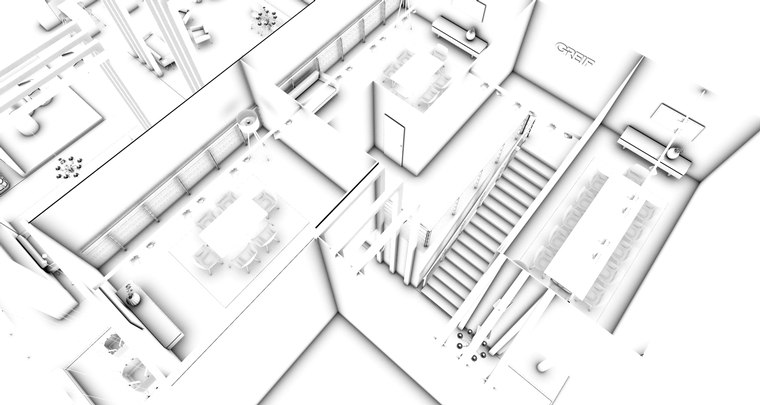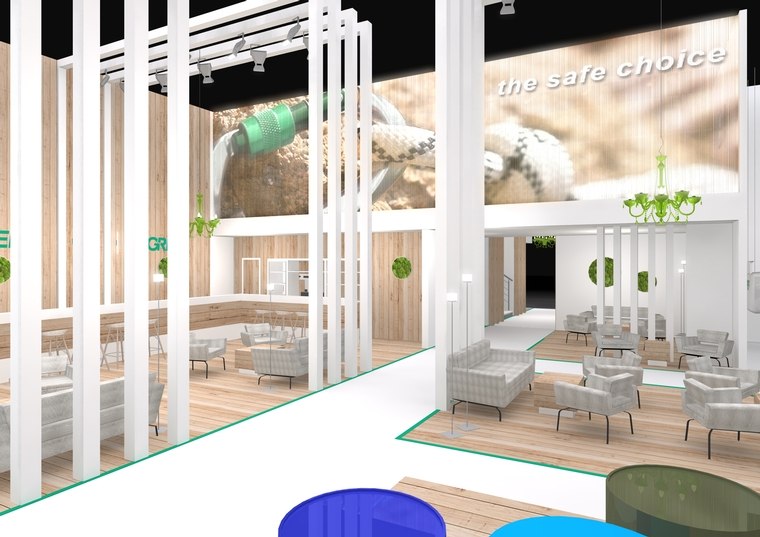The trade fair design and the dear correction loop

You see the design for your new exhibition project. You think “wow”. The basic idea is right. But there’s a few other ideas you’d still like to integrate into the suggested design. And a few things need tweaking. Sound familiar?
You have a clear idea about your new exhibition stand, your aims have been defined and you have given your briefing to the stand builder. You excitedly wait to see what your creative service provider produces.
When you are finally holding the initial plans in your hands, a period of new ideas and considerations starts. This process that is starting is a creative process - for both you and the service provider. Exhibitions are often inspired by the initial design. Once you can see what is possible, it may now becomes clear what else is possible - and perhaps what is not.

For example, we once received an enquiry about designing a two level stand for 24 m². It was immediately clear to us that two levels simply cannot work with such a small area available. Nevertheless, we took the time to visualise to customer’s idea. Once presented with these images, the exhibitor immediately understood what we have been trying to explain and backed away from the two level idea. The result of this was a wonderful single level exhibition stand.
Changes to the concept itself are completely normal. A project, particularly one as complex and important as something that will represent your company at an exhibition, is something that is created and grows through dialogue. Ideas are optimised, framework conditions reviewed and the important details refined. This agile process results in a finished design that will be implemented.
Three tips to avoid an endless number of revision cycles
Even if there is no such thing as a stand that does not go through revision cycles, it is important to avoid an excessive number of them. Revision cycles always cost one thing in particular: Time. The exhibition schedule, however, is fixed. Carrying on repeated revisions to the concept increases the time pressure, which ultimately results in avoidable stress. So these are our tips to make things easier for you:
- Take some time to review the presented concept. Discuss it with everyone involved and collect together any desired changes. Then hand over the complete package of ideas and suggestions to the stand builder.
- Try and formulate what you want as precisely as possible - this avoid misunderstanding and thus further unnecessary revision cycles.
- Sometimes you will have a few small details that cannot yet be finalised. This is often the case with graphics. In such cases we would advise you to look at these details as a separate issue to the overall project. You can then get on with approving a large proportion of the exhibition plan. This means you can be certain that production of many of the components can get underway and you take the time needed to resolve problems with these small details.
Summary
Revision cycles are part of the normal and agile design process. But too many revision cycles do not necessarily result in a much better design. It is better for everyone involved if necessary revisions are done as efficiently as possible. These three tips should help you do just that.
Author: Petra Hallmann